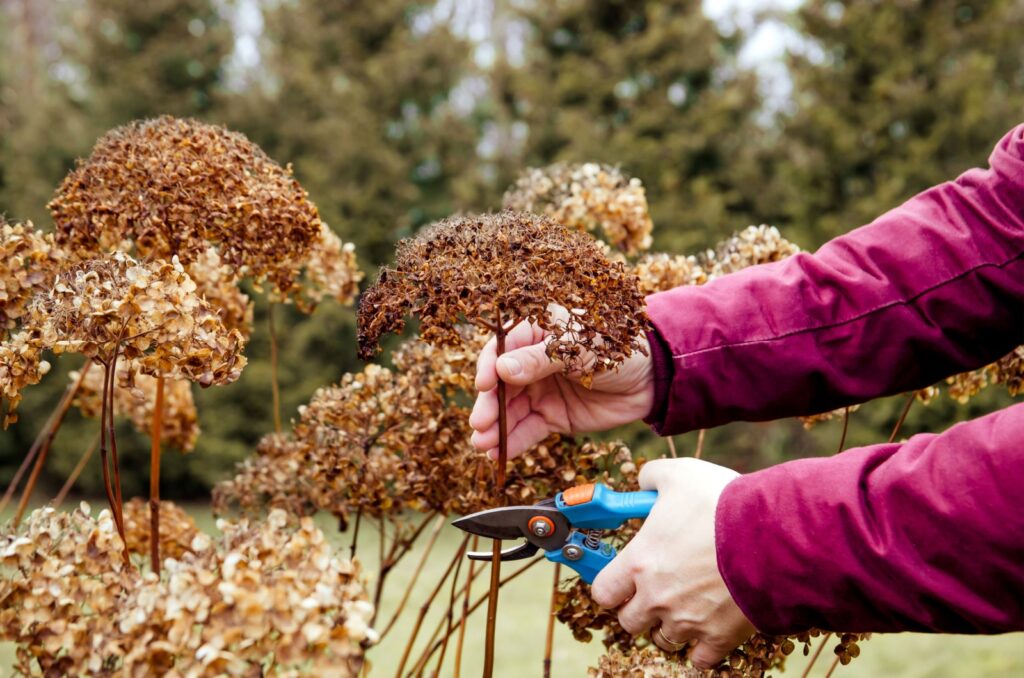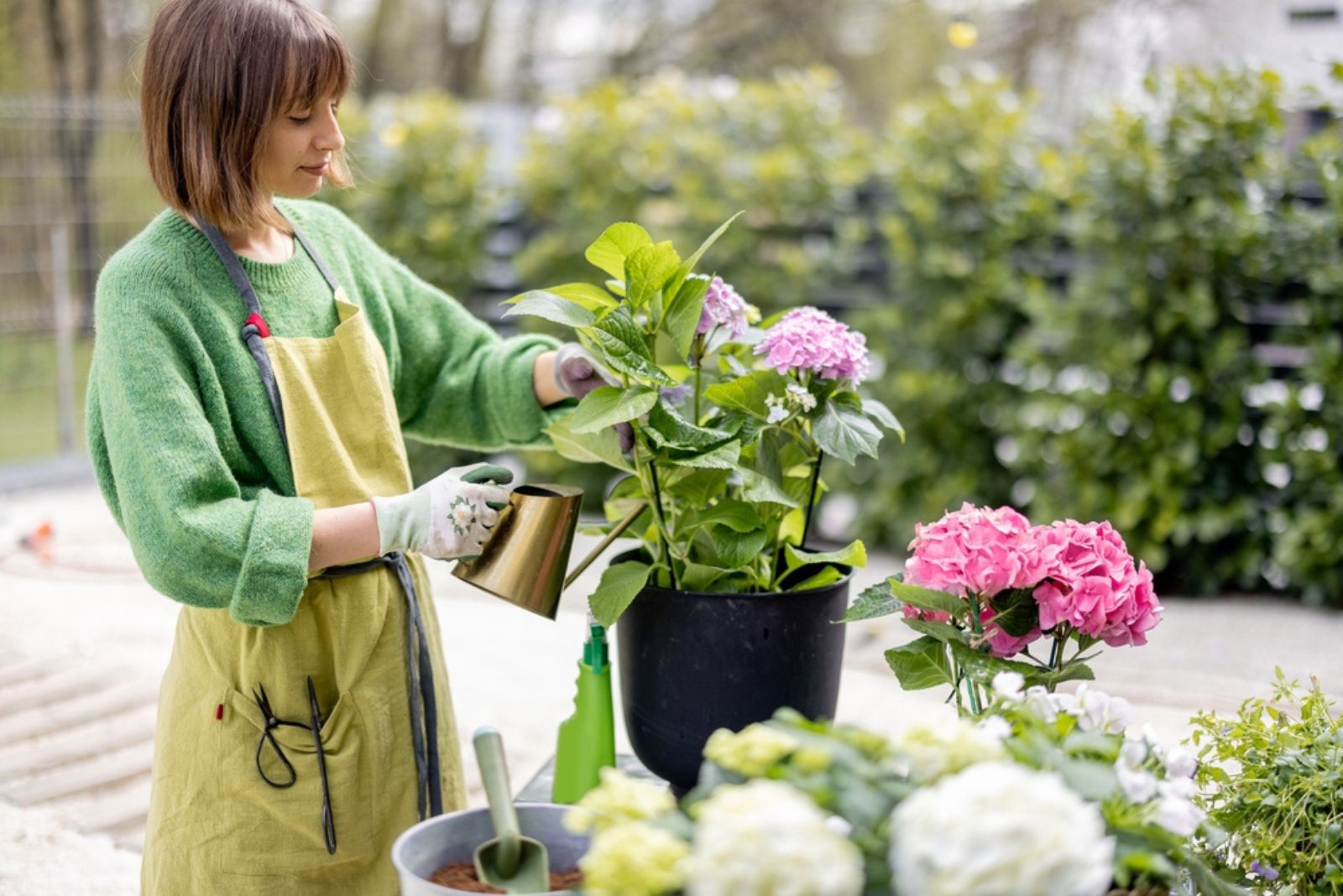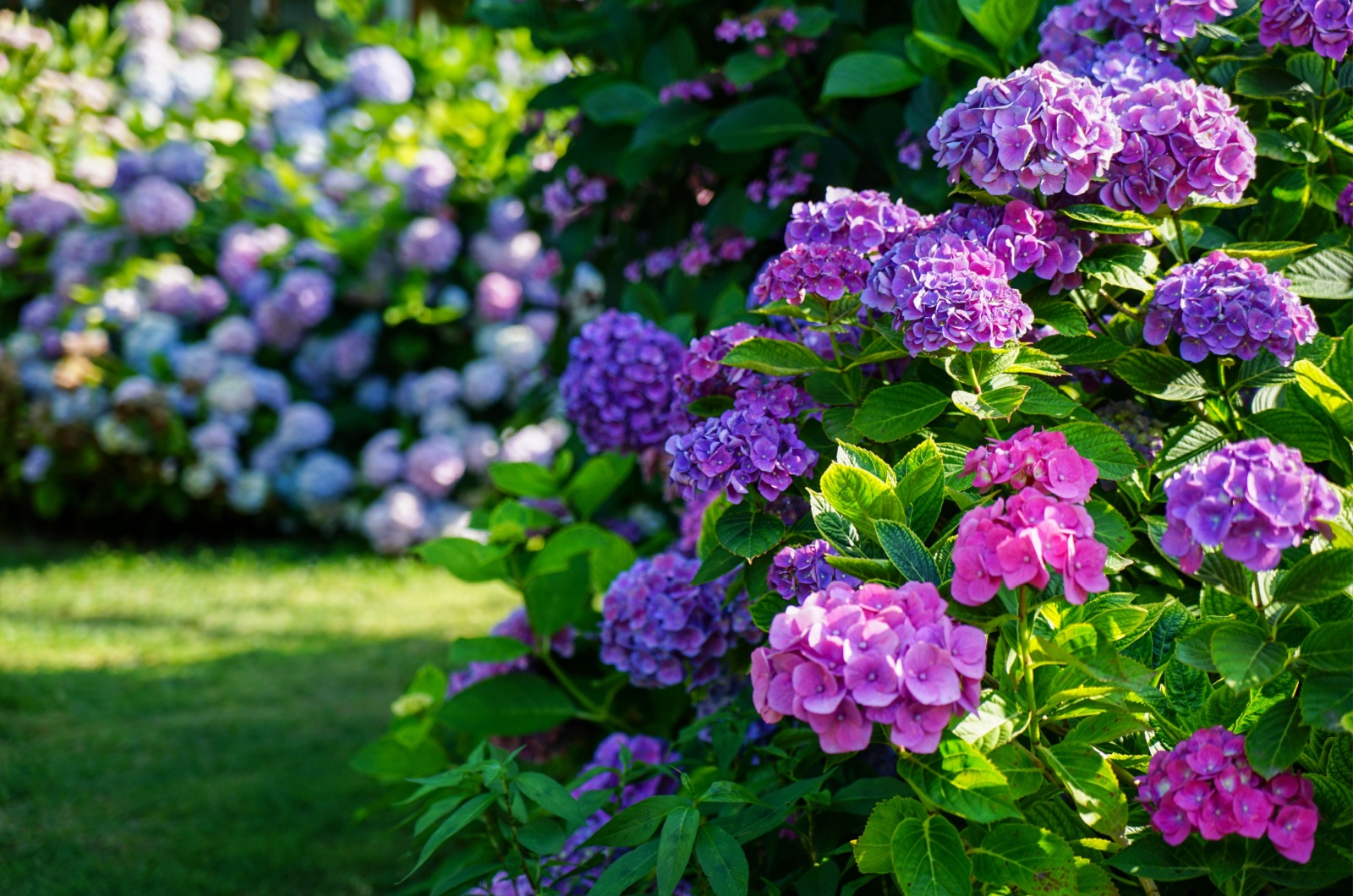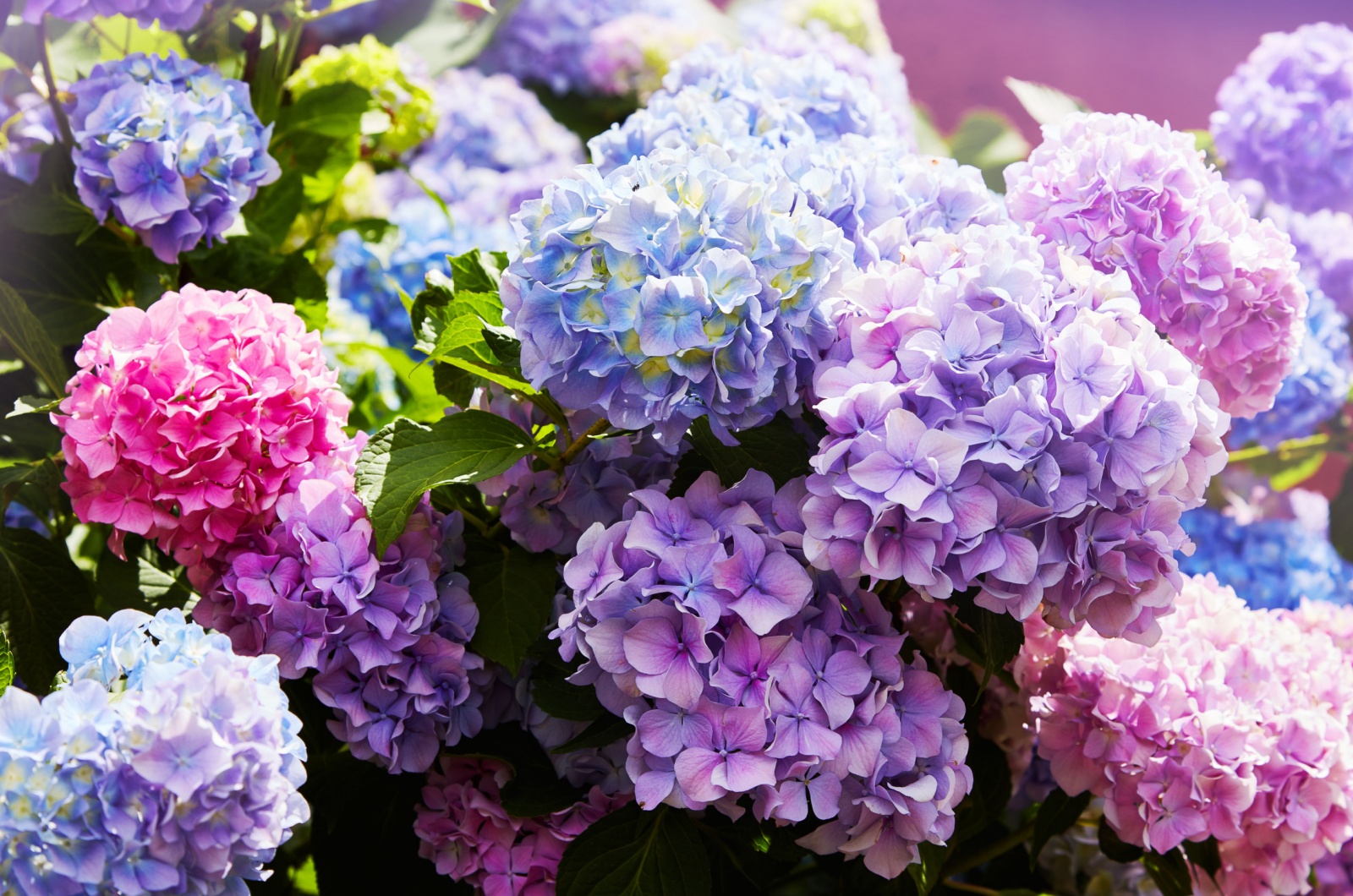I remember the first time I planted hydrangeas in my garden. I was so excited to see those beautiful blooms and brag about them in our family group chat, but I quickly realized that I wasn’t getting as many flowers as I had hoped for!
I decided to change some things in my care routine that would hopefully trigger blooming. But as time passed, my excitement faded and I felt disappointed.
I noticed that there weren’t many flowers on my hydrangea bushes, despite my efforts to take care of them. It felt like my garden wasn’t as beautiful as it could be.
Determined to improve my hydrangea game, I started experimenting with different care techniques; luckily, I stumbled upon a few tricks that helped me double the beauty in my garden!
I tested them out, and little did I know that these are the exact methods I should have been doing from the start. I was amazed by the results – my hydrangea shrub was never this abundant and colorful!
And now, I’ll gladly share my tried-and-tested methods with you. So, get ready to encourage flower production and have twice as many hydrangea blooms in your garden.
1. Removing Flowers Will Get You Even More Flowers
I know this sounds like I’m pulling your leg, but it’s true! I’ve found that deadheading spent flowers is one of the most effective ways to encourage new blooms.
Whenever I see fading flowers on my hydrangeas, I make sure to snip them off promptly to make room for fresh blooms.
So, by simply removing spent flowers from your hydrangeas when they start to fade away, you’ll end up with fuller new blooms that’ll adorn your hydrangeas even longer!
Pruning your hydrangea is also very important to keep the shrub healthy and induce blooming, but what’s even better is that deadheading will secure longer-lasting blooms and continuous flowering in one season.
Also read: 3 Important Fall Hydrangea Jobs & 2 Things You Shouldn’t Do
2. Don’t Let Your Hydrangeas Stay Thirsty
Proper watering and consistent soil moisture lead to bigger and better hydrangea blooms.
I usually water these gorgeous shrubs deeply several times a week so that their roots have enough moisture to grow and develop.
Avoid getting the flowers and leaves wet when watering because extra moisture can attract all sorts of pests and fungi!
I would recommend you water your hydrangeas in the morning since that will help you reduce wilting during the hot summer days.
To keep the soil consistently moist, adding mulch in addition to watering should help a lot with moisture retention!
Related: Hydrangea Full Grow Guide (All You Need To Know)
3. Your Hydrangeas Need Both Sun And Shade
I didn’t know that too much sunlight can cause hydrangeas to wilt and grow poorly. Learn from my mistakes and avoid planting them in areas that don’t provide some shade in the sunny afternoon.
While my hydrangea survived, the constant stress of full sun exposure reduced flower production A LOT.
So, it’s best you plant your hydrangeas in areas that receive plenty of shade in the afternoons and sunshine in the mornings.
4. Make Sure You Are Applying The Right Fertilizer
One of the most essential spring tips for hydrangea care is to fertilize them properly.
If you want an abundance of flowers, you should use a “bloom booster” fertilizer that contains high levels of phosphate (I was really surprised by the abundance of blooms on my hydrangea after using this kind of fertilizer).
Using some plant food throughout the growing season is beneficial, but you shouldn’t overdo it because too much nitrogen in the spring soil can reduce blooming.
5.You Should Choose A Repeat Bloomer
This is also something I did wrong right from the start: I didn’t plant the right kind of hydrangea! I expected numerous blooms, but only ended up with a few.
To learn from my mistakes, opt for cultivars such as the Endless Summer variety – they bloom twice a year: once in the spring on old wood and once in the summer on new growth.
These kinds of cultivars should be pruned right after the first shot of flowers start to fade – this will secure enough time for the new set of flowers to grow and thrive!
By following these tips, you’ll be well on your way to enjoying an abundance of beautiful hydrangea flowers this season. Give them a try and don’t forget to share your results with us.
Happy gardening!






